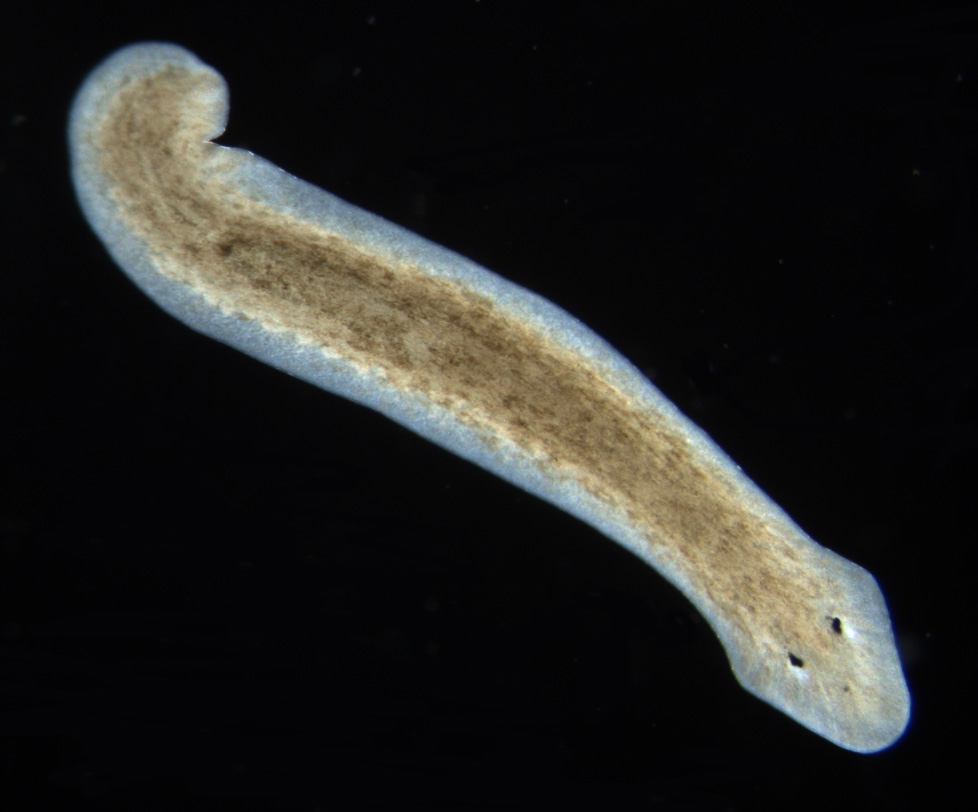10 Critters That Can Regrow Body Parts (and How They Do It)
In the grand tapestry of life, few phenomena captivate the imagination as profoundly as the ability of certain creatures to regenerate lost body parts. This remarkable capability, akin to nature's own brand of magic, showcases the resilience and adaptability of life on Earth. From the smallest invertebrates to more complex vertebrates, the regeneration process offers a glimpse into the evolutionary ingenuity that has allowed these creatures to thrive in diverse environments. This article embarks on a journey to explore the fascinating world of tenacious critters, each demonstrating the marvel of regeneration. Through the lens of science and wonder, we unravel the mysteries behind these biological miracles, examining how these creatures transform lost body parts into brand-new wonders. Regeneration is not merely a spectacle of nature but a testament to the intricate biological mechanisms that drive life. It challenges our understanding of growth, healing, and survival, pushing the boundaries of what we consider possible.
1. Planarian Flatworms: Masters of Cellular Reprogramming

Planarian flatworms are often hailed as the quintessential models for studying regeneration. These small, seemingly unassuming creatures possess an extraordinary ability to regenerate any part of their bodies, including their heads and brains. This feat is made possible by their rich reservoir of pluripotent stem cells, known as neoblasts, which can differentiate into any cell type required for regeneration. When a planarian is cut into pieces, each fragment can develop into a complete organism, a process guided by a complex interplay of genetic and molecular signals. The regenerative prowess of planarians has fascinated scientists for centuries, serving as a window into the possibilities of cellular reprogramming. Research has revealed that the Wnt signaling pathway plays a crucial role in determining the polarity and identity of the regenerating tissues. This pathway, conserved across many species, highlights the evolutionary significance of regeneration as a survival strategy. By studying planarians, scientists hope to unlock the secrets of stem cell biology and tissue regeneration, with potential implications for regenerative medicine and human healing.